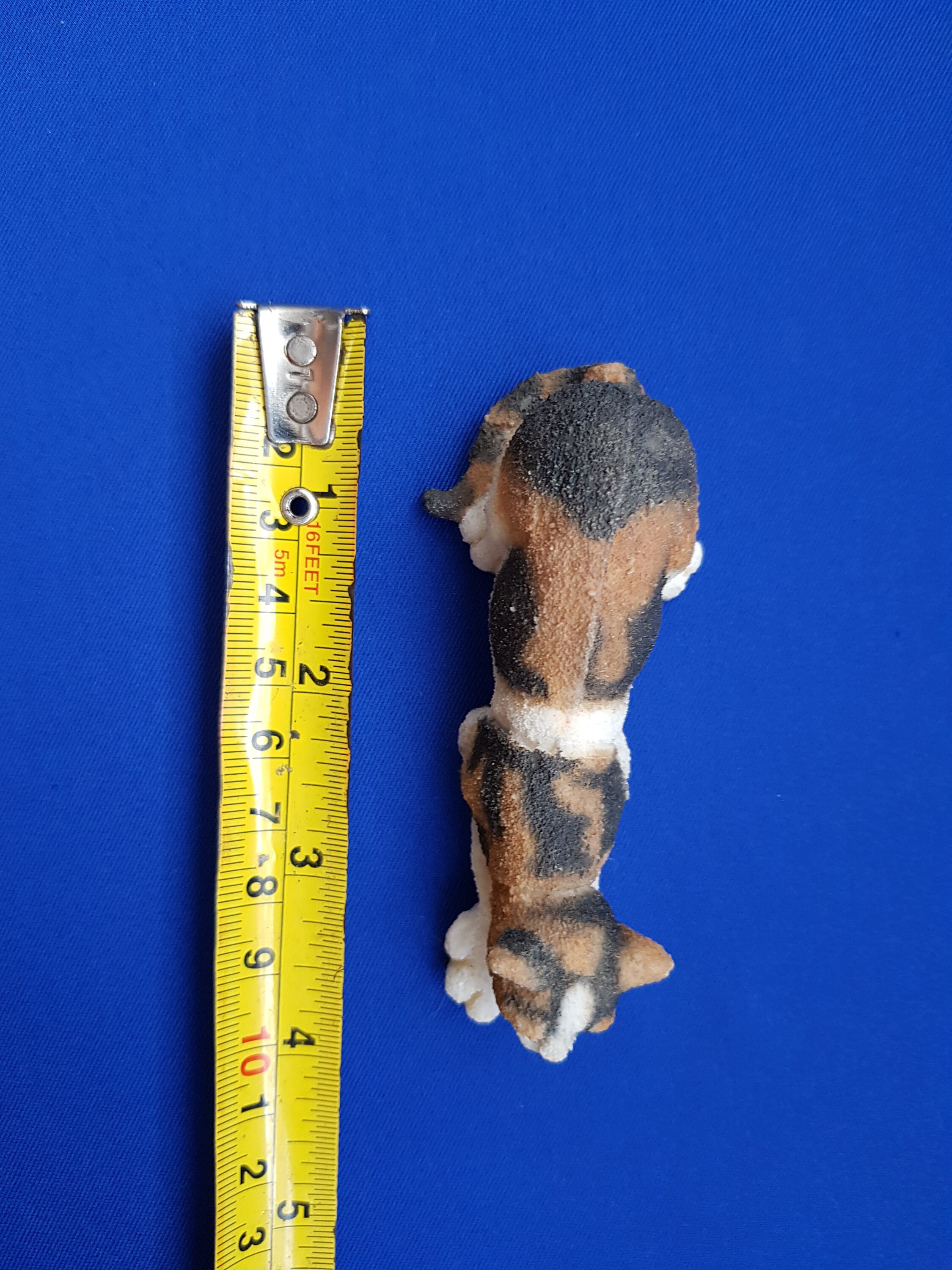
While, in the United States, tortoiseshell cats are considered money cats and that they can attract good fortune to their homes. In English folklore, moreover, it is said that rubbing the torties’ tail on a wart is an effective remedy. The Japanese in particular believes that their homes can be protected from ghosts by the torties. In folklore in Southeast Asia, for one, torties were said to have come from the blood of a young goddess. Some countries believe that tortoiseshell cats bring good luck. Colleran is a former president of the American Association of Feline Practitioners and owner of two hospitals for cats.) Good Luck Elizabeth Colleran, what really contributes to the feline’s personality is its genetics and environment. However, the co-relation that the researchers find between coat color and temperament was not very conclusive.Īccording to Dr. It was found that torties in general are highly energetic, sassy and quite aggressive. The said study particularly focused on the co-relation of the felines’ coat color and their behavior. This was based on the study conducted and published by the UC Davis Veterinary Medical Teaching Hospital. Distinctive TemperamentĪlthough torties don’t belong to a particular breed, some view that these colored felines have a distinctive temperament called tortitude. As such, the XXY chromosome causes the male torties to have shorter life than the female ones. However, this causes sterility and other serious health problems. This is caused by the XXY set of chromosomes. Yet, there are still very few male tortoiseshell cats. It is almost impossible that a male feline will have both orange and black. Since there is just one chromosome that could indicate color, a male feline can only be either orange or black. The last set of chromosomes for male felines, on the contrary, compose of an X and a Y. This results to an orange and black variation in the color of the coats of felines. The embryo, however, shuts down one of the X chromosomes from each cell. Moving forward, female felines have an extra set of two X chromosomes that determine their sex.Īs such, there are two codes that may contribute to their coat color. On the other hand, the Y chromosome for the male sex does not indicate any color information.

This X chromosome also causes the color orange or black on feline coats. To be more specific, you should know that X is the female sex chromosome. To explain some science behind this, the chromosomes that set the coat colors on felines are also the ones that indicate their sex. This is actually caused by their genetic composition. Through various breeds of felines, it has been observed that most torties are females. This happens when one side of the face is different from the other and the border is along the nosebridge. Since some patches are large even on the face, they create a “split face” pattern. They are referred to as tortie-tabbies or torbies. Some tortoiseshell cats also feature black and brown, and red tabby patterns. These torties with large white patches are also sometimes called calibies (or caliby in singular). Regardless of the size, torties’ patterns are almost always asymmetrical.Īdditionally, it has been observed that the more white patches torties have, the more solid their colored patches are. Some cover a large area with just a single color while others have fine speckles. The size of the patches also differs among torties. Here are other facts that you may want to know about tortoiseshell cats. Moreover, Tortoiseshell patterns are actually preferred among Japanese Bobtails, and there are even some among the Cornish Rex group.

Such tortoiseshell coating has been observed in various breeds of felines and even in non-purebred domestic ones. Moreover, they have very few to totally no white markings. However, they sometimes have orange, yellow or cream instead of red. Their coats are most commonly a red and black combination. Rather, it is about the group of felines that have coat coloring similar with tortoiseshell material.Īlso called Torties, tortoiseshell cats are characterized by their two-colored coat that appear to be huge patches or closely mixed. By tortoiseshell cats, we do not mean a new, specific breed of cats. When you hear the word Tortoiseshell, it is important to note it refers to cat coat coloring only.


 0 kommentar(er)
0 kommentar(er)
